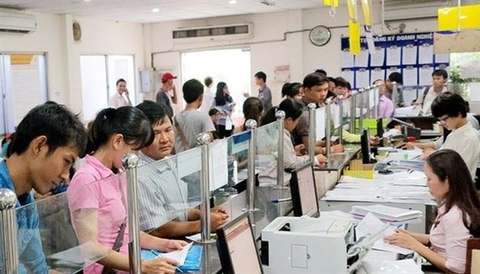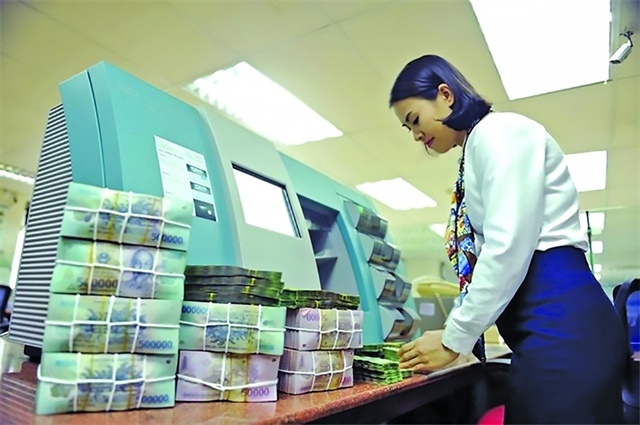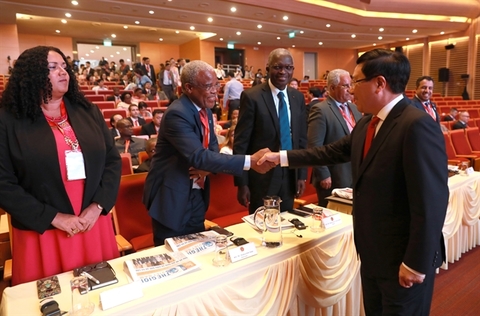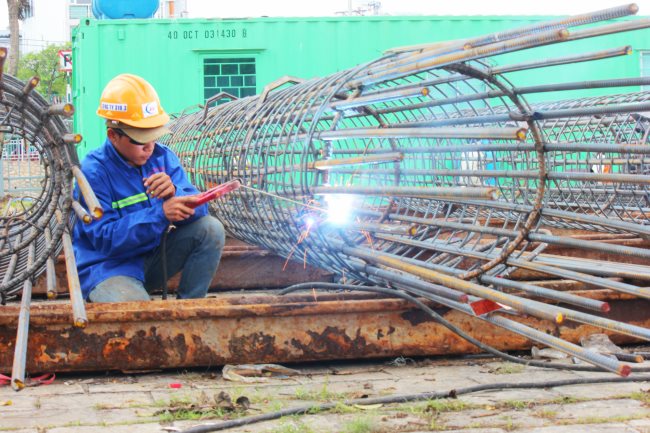Vietnam posts budget surplus in eight months
Vietnam posts budget surplus in eight months
The nation posted a budget surplus in the January-August period this year as revenue continued to outpace spending, said a representative of the Ministry of Finance.

Ending August, State budget revenue was estimated at VND997.6 trillion, meeting 70.7% of this year’s target and rising by 12.4% year-on-year, whereas spending was over VND901.3 trillion, or 55.2% of this year’s projection. Therefore, the nation reported a State budget surplus of around VND96.3 trillion during the period, according to Tin Tuc, a media outlet of Vietnam News Agency.
Of the figure, revenues paid direct to the central budget was VND556 trillion, or 68.7% of the whole year’s goal. Meanwhile, localities contributed VND441.6 trillion to the State coffer.
Between January and August, the Government strictly oversaw expenditure following spending schedules of organizations using the State budget, thus meeting the nation’s demands to invest in infrastructure projects, socioeconomic development, security and defense, ensure operation of the state apparatus and raise base wages for local civil servants, the official said.
However, the nation still saw slow budget disbursement for development investment projects, prompting the Government to set a deadline for those failing to meet spending schedules. The slow disbursement also caused budget spending to fall far behind the target, and thus the budget surplus in the eight-month period.
According to the ministry, the estimated development investment capital was VND161.2 trillion in the eight months, meeting just 37.9% of the plan assigned by the National Assembly and 41.4% of that allocated by the Government. This figure is lower than the same period in 2018, at 45.5% of the Government’s target.
There were five ministries, agencies and six localities having the disbursement ratio of over 70%, including Hai Duong, Thanh Hoa, Hung Yen and Phu Yen, the Electricity of Vietnam (EVN), the Vietnam Bank for Social Policies and the Ministry of National Defense.
However, up to 29 ministries and agencies and 18 localities reported a disbursement ratio below 40%. Notably, Vietnam Bank for Agriculture and Rural Development, the Ministry of Transport, the Ministry of Health and the Ministry of Education and Training posted a low disbursement rate despite high capital allocation.
The slow disbursement was attributed to bottlenecks such as difficulties in capital plan allocation and adjustment and project infeasibility. Some projects could not be implemented despite several times of capital allocation, the official explained.
Le Tuan Anh, deputy head of the ministry’s Department of Investment, said that the Government has recently sent a notice to relevant authorities in different sectors, asking them to accelerate the progress to meet this year’s capital disbursement plan.
By September 30, if a project cannot be executed, meaning State capital failed to be delivered, it will be withdrawn. In addition, the Prime Minister has made strong guidelines to solve problems in site clearance and procedures, Anh said.
According to economist Vu Dinh Anh, to speed up the disbursement for public investment, it is necessary to eliminate ineffective and foot-dragging projects. Besides, the Government should speed up administrative reform to support investors.





















